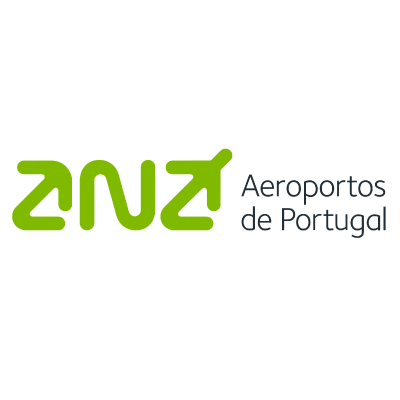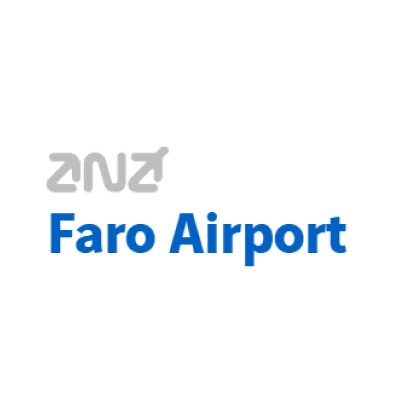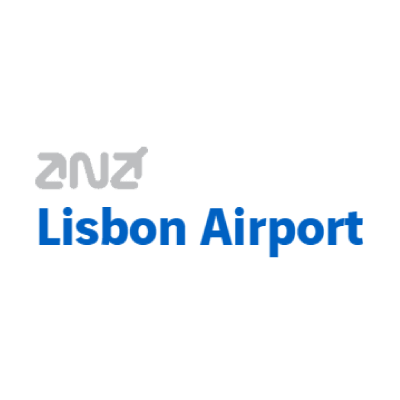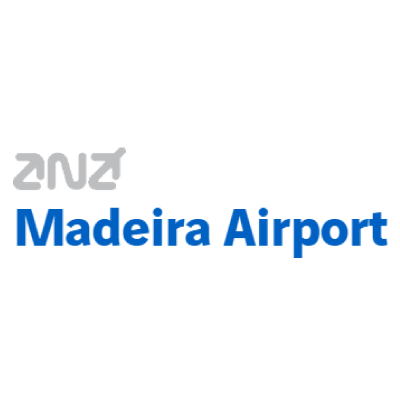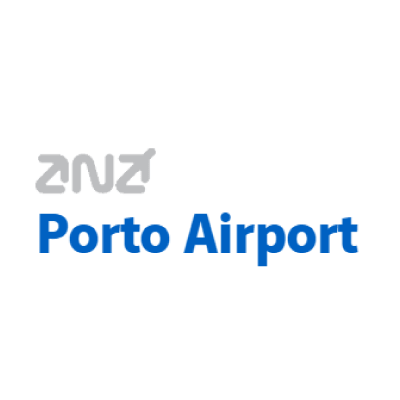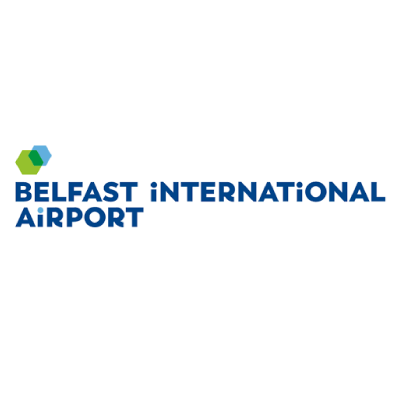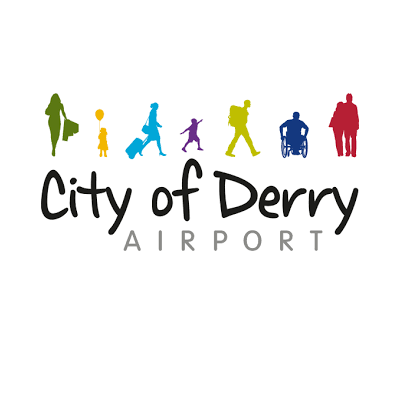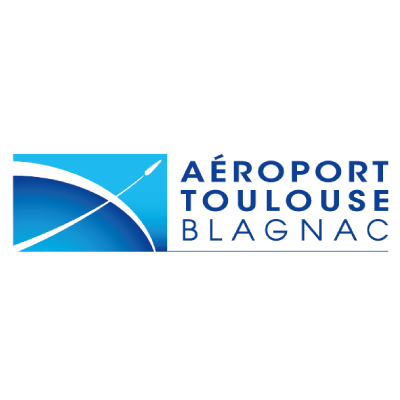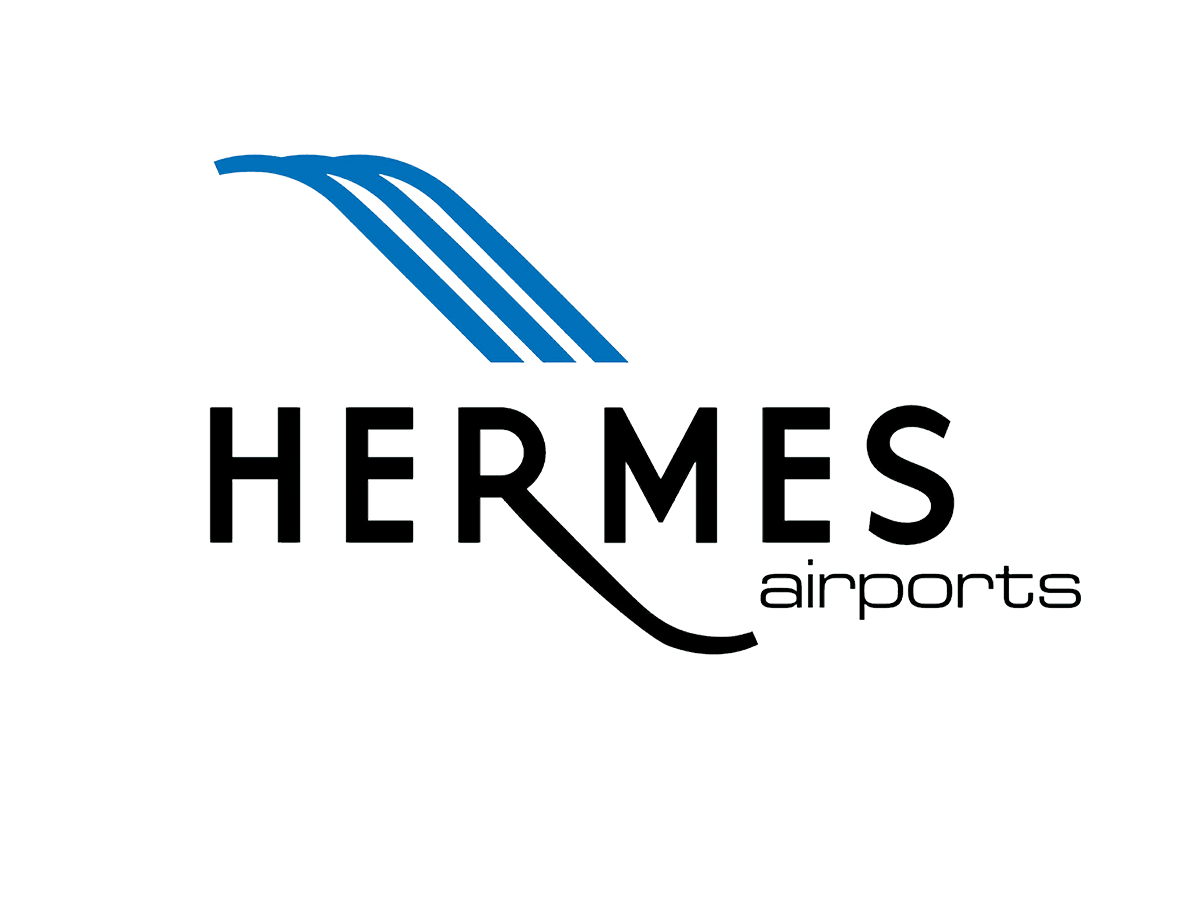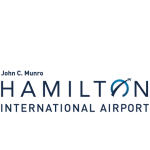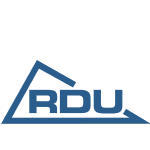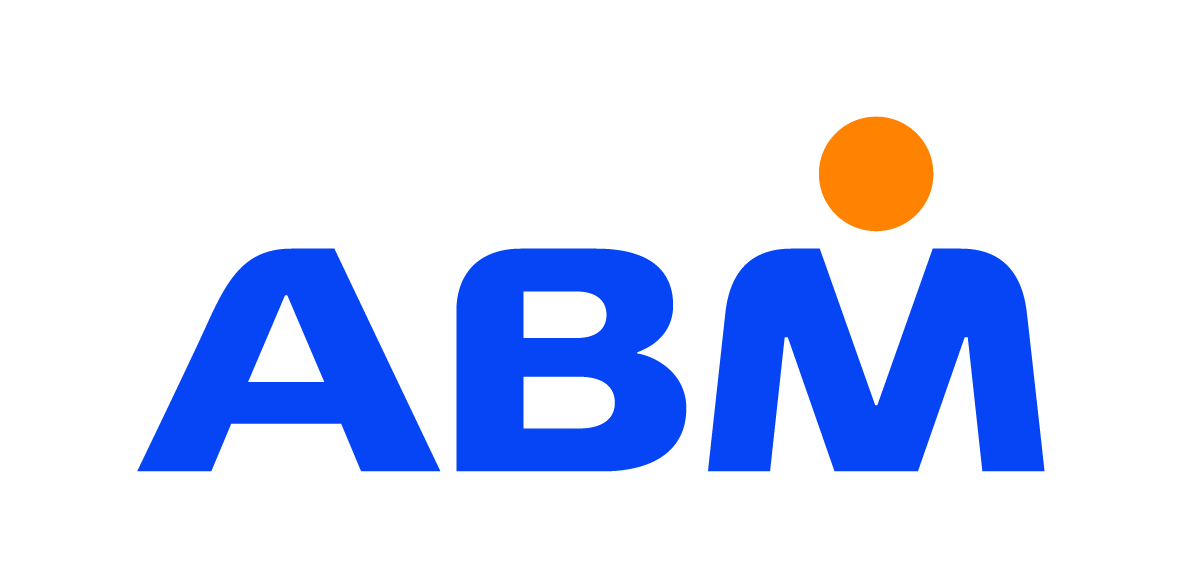A landing page is any web page that a consumer can arrive at when they click through to your airport website. In the world of marketing, it’s usually a stand-alone page, distinct from your homepage or any other product page, and it serves a single, focused purpose. This page is designed to follow up on any promises made in your content. It forms a vital step towards a visitor becoming a customer.
This may sound simple, and it can be, but at the same time, it’s important to understand that good landing pages are vitally important to lead conversion. Especially when you think about how competitive Travel is in terms of search.
Optimising your landing pages for conversion
With this in mind, it seems obvious that there must be ways to improve landing pages to increase conversion. These improvements, like others across marketing and customer-facing digital services, can be implemented with the use of split or A/B testing. In fact, it’s fair to say that the only way to optimise your landing page for conversions is through testing all parts of that page.
It’s also possible to target your testing using models that are already available and easily accessible. We’ll talk about that later.
But first, there are also some really simple ways to optimise that can be addressed straight away.
Three straightforward optimisation opportunities
- The page headline
Just as they are in email campaigns, headlines are really important. The page headline is the aspect of a landing page that conveys your offering at first glance. If it doesn’t do this, visitors will be confused or lose interest, and they will click away from the page.
The job of the headline is an important one: It communicates what the offering is and convinces the customer to spend more time on the page.
Some best practice suggestions for testing headlines:
- Have a headline. It may seem obvious, but many landing pages go straight to content without including a headline.
- The headline should be concise and clear, stating what you are offering. Don’t headline with a question or a vague statement.
- It should be the first thing the visitor sees. Make sure your headline is formatted with a strong font size and good contrast forming a large, prominent block of text.
- The call to action buttons
Optimised CTA buttons represent one of the easiest ways to increase conversions. People have very low attention spans when surfing the web (exact figures fall between 15 seconds and 8 seconds depending which study you read), and they don’t like to have to think too hard. In order to capture this attention, the call to action button must, as its name suggests, generate motivation in the visitor to take some action.
Some strategies for optimising call to action buttons:
- Keep it simple. Don’t have so many calls to action that the visitor becomes distracted. If you present your reader with multiple choices, even such as, ‘Sign up to our newsletter’ and ‘Buy Now’ it becomes unclear what you want the customer to do next. Minimise the number of calls to action to focus on the action that takes the visitor towards your chosen conversion.
- Apply quality copywriting skills to your CTA buttons to ensure sure your call to action is both informative and interesting. Buttons that say things like, ‘Book now to get your holiday discount,’ or ‘Sign up now for VIP offers,’ provide far more incentive and excitement than ‘Click here’ might.
- Make sure your CTA is prominent. You don’t want your visitors to have to search the page for a call to action; it should be plainly visible, and preferably without too much scrolling. This is why it has been found that brightly coloured buttons on a white background work much better than dull colours.
- Social proof
Social proof is the digital equivalent of ‘word of mouth’. It works to remove doubt and fear from the buyer’s mind, and to assure them that the product they are buying is of good quality and comes with great customer service.
One a visitor is convinced that your product or offering meets his or her needs, that visitor wants to understand who else has bought from you, whether your brand is established, and what he or she can expect from the experience. Social proof provides these assurances. Despite this, social proof is not displayed on landing pages nearly as often as it could be.
For this reason it’s a good idea to test landing pages that include social proof such as testimonials, reviews or number of customers in a prominent location, above the page fold if possible.
A/B Testing for your customer base
These three elements – headlines, call to action buttons and social proof – all represent opportunities to increase engagement and conversion. However, it’s important to remember, these are points to test, not to just tweak and assume a better result.
It’s also important to test in context, and for this you must have a clear understanding of your customer, who you are targeting and what they want.
As mentioned earlier, it’s then possible to use existing models such as Facebook to optimise your segmentation and targeted marketing to really make sure you are offering relevant products and services and increasing your brand reach and reputation.
Using Facebook as a Model for Targeted Advertising
As of June 2019, Facebook has an active user base of nearly 2.5 billion people, and 66% of them use the social platform every day. That’s compared to 1 billion Instagram users (June 2019) and 326 million Twitter users (January 2019) making Facebook the major player in the online marketing sphere.
While Facebook-owned photo-sharing site Instagram is seeing a sharp rise in popularity for travel marketing as brands zone in on user-generated content from travellers who use the platform to share pictures and videos, Facebook is still a great place to sh+are visual content.
And Facebook’s targeting functions (also available on Instagram), not only offer a valuable way to boost brand visibility, they give a useful introduction to the sort of detail you should look out for in your own customer data in order to run personalised and well-targeted e-marketing campaigns.
A Lesson in Targeted Marketing
Hobbies and Interests
One of the first options offered in Facebook targeting is to define the interests of your audience. For example, a ski resort or a holiday destination offering sporting activities would target travellers who are interested in fitness, sport, wellness and outdoor activities. If you want to attract an audience interested in a specific sports event, you can select that by typing it into the ‘interests’ box.
Career profile or company
In the same way that you can use Linkedin to target professionals, and many brands will use the platform for specific HR-driven or B2B campaigns, Facebook allows you to target users according to their job title, employer or industry. This can be a useful tool for a travel brand that wants to target employees or former employees from a known company or with certain job titles.
Relationship status
The relationship status of a customer or prospect (single, widowed, divorced, civil union, complicated) offers a massive insight into their lifestyle. For a hotel brand wanting to reach out to couples seeking a romantic break, or nightclubs targeting single people, this option is a no-brainer.
Generation
It is sometimes more convenient to target particular generations rather than focus on age-range. This is particularly true when combining generation with interests and behaviours, for example, when targeting Millenials and those interested in travel, or Millenials who use a certain type of device to access the Internet.
Meaningful life event triggers
Facebook offers a window into the possibilities of personalisation here. It’s important to ensure people don’t feel their privacy has been compromised, or that you are snooping on them, but at the same time, targeting users according to publicly available life events is a valuable marketing option. For example, if a user has just updated their status to, ‘In a relationship,’ you can start targeting them with couple’s holidays.
Type of device
Given the whopping number of people who access the Internet via a mobile device, it makes sense to target them through various filter options, particularly if your travel site wants more engagement on its mobile app.
Type of traveller
For travel brands, the most useful feature is the potential to target people who are interested in travel. The ‘travel’ category can be further segmented into interests including theme parks, adventure travel, beaches, cruises, lakes, mountains or hotels. Targeting can be further refined according to user behaviour. Aim for people who are frequent holiday or business travellers or have recently returned from a trip or checked in at an airport.
Household demographic
Target families by aiming specific to the age of their children. One family might respond to an offer for a weekend away with special childcare facilities and spa treatments, while those with older children will enjoy an all-inclusive resort or activity holiday.
Facebook offers a world of targeting possibilities. Test out your marketing segments with specific targeted audiences, and expand when you see positive results.
Rezcomm’s team of experts can guide your airport through the process of split testing every aspect of your ecommerce site and email campaigns. The CRM software integral to our technology can also help you to develop detailed customer profiling, segmentation and targeting. If you have any questions about how you can use our integrated platform to increase conversions and build revenue, contact us for a chat today.
